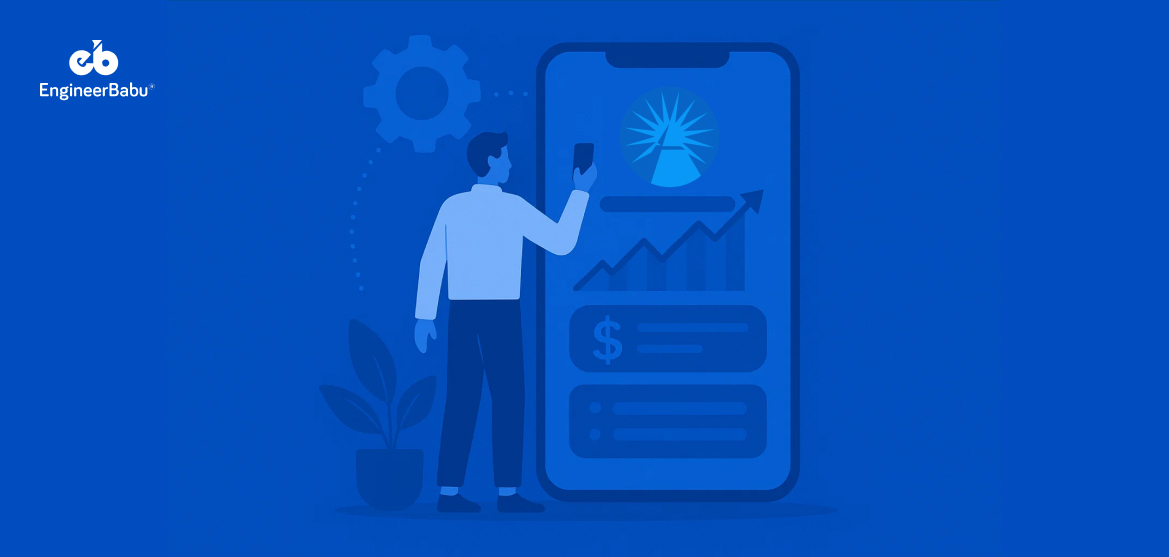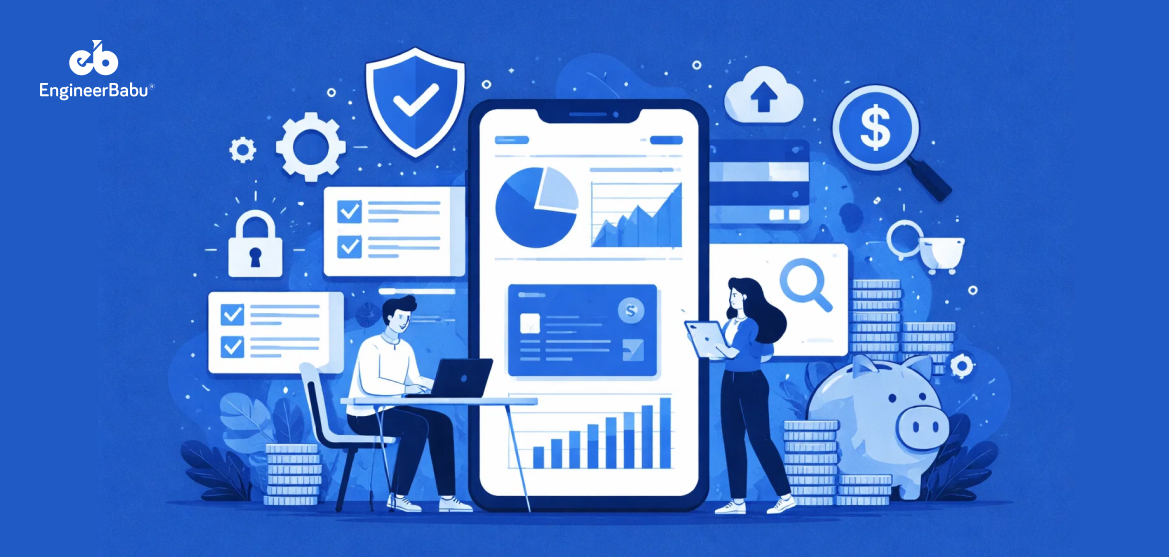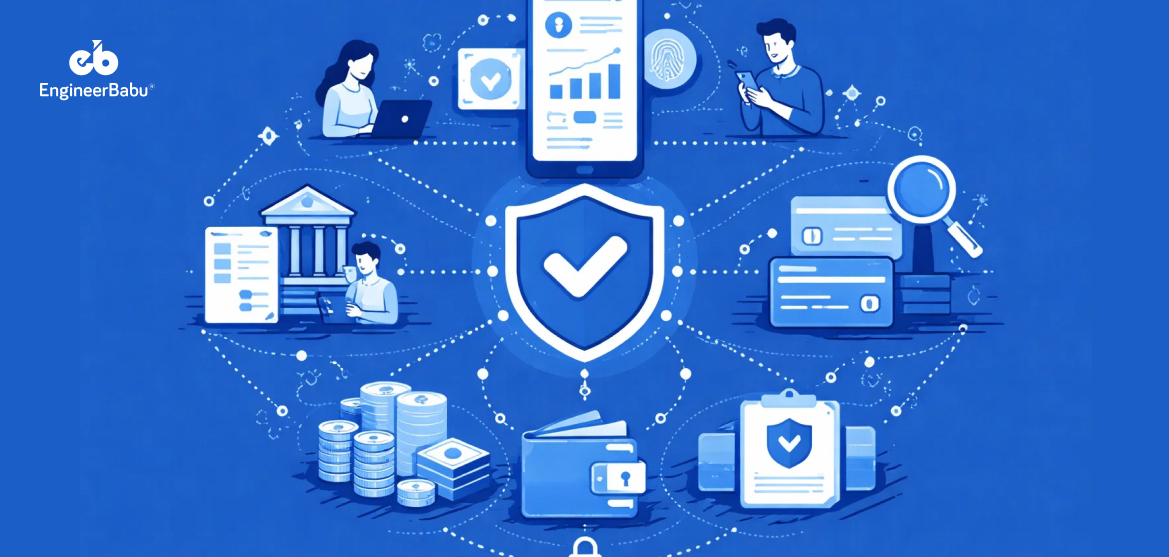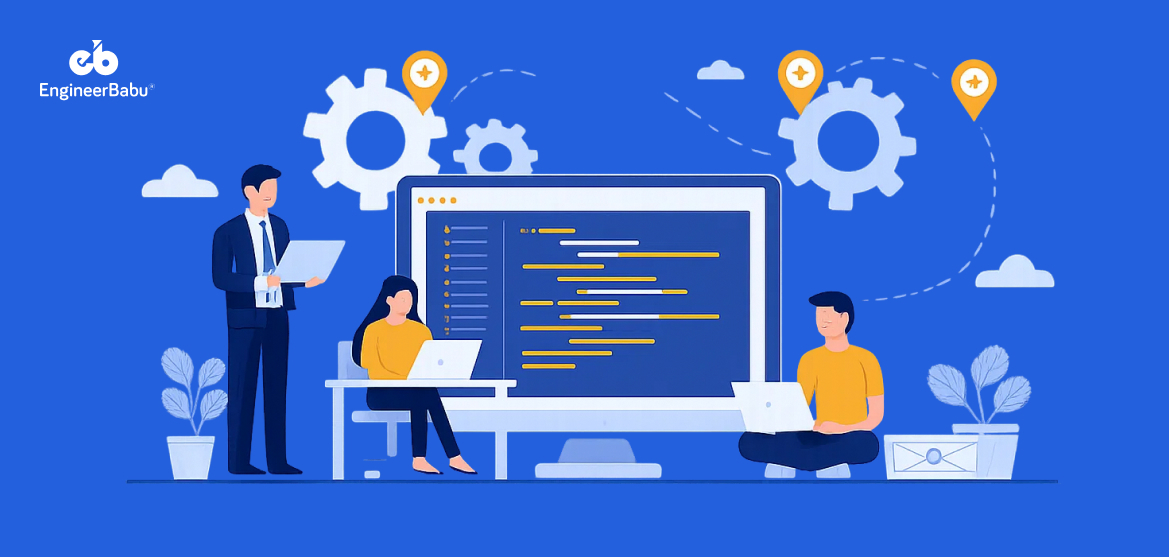How about having the power to trade stocks, check your retirement savings, and receive personalised investment advice, all in one place? That seamless experience is why millions of Americans rely on Fidelity Investments, a platform that has grown into one of the most trusted names in wealth management.
With more than $15.1 trillion in assets under administration as of 2024, Fidelity is not a trading app, it’s a financial ecosystem. For startups and fintech founders, the success of Fidelity raises an important question:
- How to Create an App like Fidelity?
This guide takes you behind the scenes of what it really takes to build such a platform. From understanding core features to choosing the right tech stack, you’ll learn the critical steps to creating an investment app. Let’s jump straight into it.
Understanding Fidelity’s Success
As mentioned earlier, Fidelity is a complete financial ecosystem that combines trust, accessibility, and innovation. Its long-standing reputation in the US financial market gives it credibility, but the real secret lies in how the app has translated that legacy into a seamless digital experience.
At its core, users can open retirement accounts, invest in mutual funds, get automated robo-advisory guidance, and even access advanced research tools. That too, all inside one platform.
This all-in-one approach is what keeps Fidelity ahead of younger competitors that usually focus on a single niche, like Robinhood with zero-commission trading.
Another reason Fidelity continues to thrive is its focus on security and compliance. In a country where financial regulation is strict and cybersecurity risks are high, Fidelity has invested heavily in encryption, fraud detection, and transparent reporting.
Key Features to Include in an App like Fidelity
Before diving into the technical stack or compliance details, founders need to understand what sets an investment app apart. Anyone exploring how to create an app like Fidelity should pay close attention to the features that build user trust, simplify investing, and deliver a superior digital experience.
- Seamless Onboarding and KYC
New users shouldn’t feel overwhelmed when they first log in. An app like Fidelity guides them through identity verification, KYC, and funding their account with minimal friction. The faster someone can open an account and start investing, the stronger their first impression. And that often decides whether they’ll stick with your platform or abandon it.
- Intuitive Portfolio Management
Investors demand visibility into their holdings at all times. A consolidated dashboard that shows stocks, ETFs, mutual funds, and retirement savings makes engagement effortless. The ability to track performance, rebalance portfolios, and view historical trends turns casual users into long-term investors. It’s not just convenience, it’s about empowering smarter financial decisions through clarity.
- Fast and Reliable Trading Execution
When it comes to trading, speed is everything. Delayed order execution can cost users real money, which quickly erodes trust. Therefore, to compete with established platforms, you’ll need low-latency systems that handle high volumes without glitches. Providing multiple order types and real-time confirmations reassures users they’re operating within a professional-grade trading environment.
- Automated Advisory with AI
Not every investor has the knowledge or time to manage complex portfolios. Robo-advisory, powered by artificial intelligence, bridges that gap by suggesting asset allocations. Thus, offering risk-based strategies and rebalancing automatically. So, startups studying how to create an app like Fidelity should see robo-advisory not as an optional feature but as a baseline expectation for today’s users.
- Real-Time Research and Market Data
Investment decisions depend on timely information. Real-time quotes, analyst reports, breaking financial news, and performance analytics make users feel equipped to act with confidence. If your app doesn’t offer rich research capabilities, investors will look elsewhere. Fidelity excels here, and any competitor needs to match that level of access to be considered trustworthy.
- Secure Transfers and Payments
An investment app cannot compromise on fund security. Deposits, withdrawals, and transfers must be fast yet protected by strong encryption, multi-factor authentication, and fraud detection systems. Beyond the tech, users need assurance that their money won’t vanish due to system errors or breaches. Remember, building financial trust starts here, and losing it is nearly impossible to recover.
Step-by-Step Guide to Building an App like Fidelity
Creating a powerful investment platform is not about rushing into code. It’s about carefully moving through each phase with clarity. Below are the steps founders typically follow when turning a concept into a functioning app that can rival major players in the US fintech market.
Research the Market and Competitors
Market research is where everything begins. Look at what apps like Robinhood, Charles Schwab, and E*TRADE are doing well, and where they’re failing users. Pay attention to customer reviews, user complaints, and gaps in existing solutions.
This stage tells you whether to focus on younger traders, long-term investors, or retirees. Without clarity here, you risk building an app that nobody really needs.
Define the Business Model Early
Revenue planning should come before design and development. Will you earn through commissions, subscription tiers, or advisory fees? Each model has pros and cons. For example, subscription pricing creates predictable revenue but may limit early adoption.
A commission model feels familiar to users but requires higher trading volumes. Therefore, knowing your revenue mechanics early prevents expensive pivots once the app has already been built.
Design UI/UX for Investor Confidence
Financial apps succeed when they simplify complexity. An uncluttered dashboard, intuitive navigation, and transparent data visualisation give users confidence to make decisions. For instance, displaying gains and losses in plain language builds trust.
If you’re asking yourself how to create an app like Fidelity, strong design is a key part of the answer. Investors must feel clarity, not confusion, at every step.
Build the MVP with Core Features
Start lean. Include only the features investors absolutely need: onboarding, funding, trading, and portfolio tracking. Launching with too many features adds delays and cost without proving traction.
A focused MVP development allows you to test the waters, get user feedback, and improve quickly. Once the basics work smoothly, you can layer in advanced tools like robo-advisory or in-depth research dashboards.
Integrate APIs and Data Providers
Reliable APIs make or break an investment app. You’ll need live stock data, secure payment gateways, and user authentication systems that can handle high traffic. A single delay in data updates or a payment error can instantly erode trust.
That’s why integration of even the best fintech APIs must be tested under real conditions. This assures that your platform performs well during both quiet trading days and high-volume surges.
Prioritise Security from Day One
Security isn’t an afterthought in a fintech app, it’s a requirement. Protect sensitive data with strong encryption, multi-factor authentication, and fraud detection systems. Work with cybersecurity experts early to identify potential vulnerabilities before launch.
Users are entrusting their money, and they’ll leave immediately if the app feels unsafe. Fidelity’s long-standing trust shows that security is as important as the trading features themselves.
Test with Real Users
Beta testing is crucial for learning how people actually interact with your product. Get feedback on how easy it is to fund accounts, place trades, and review portfolios. Watch for friction points that frustrate users.
Fixing these before launch saves both money and credibility. A well-run beta ensures your first version feels polished, not experimental.
Launch and Keep Iterating
Launch is just the starting line. Keep measuring user activity, response times, and retention. Add features gradually, not all at once, so stability isn’t compromised. Fidelity evolved through decades of updates. If you want to master how to create an app like Fidelity, treat launch as an ongoing cycle of learning, improving, and scaling responsibly.
Cost to Build an App like Fidelity in the USA
Building a trading and wealth management platform requires more than just technology, it demands compliance, scale, and user trust. That makes cost estimation slightly more complex than a standard app build.
To give you clarity, let’s break down the major factors and typical budgets fintech startups face when creating an investment app in the US market.
Factors Affecting Cost: Features, Team Size, Complexity, Compliance
| Factor | Impact on Cost | Typical Cost Range (in USA) |
| Features | More advanced tools (robo-advisory, real-time trading, research dashboards) require deeper integrations and longer development cycles. | $10000 – $15000 |
| Team Size | Larger teams accelerate delivery but increase salaries, overhead, and management costs. Smaller teams save money but slow down timelines. | $30,000 – $100,000 |
| Complexity | Integrations with multiple APIs, stock exchanges, and payment providers significantly increase build and testing costs. | $30,000 – $50,000 |
| Compliance | SEC and FINRA regulations demand audits, legal reviews, security layers, and reporting standards, all of which add major expense. | $10,000 – $30,000+ |
Average Cost Breakdown for MVP vs. Full-Featured App
An MVP version of an investing app (with onboarding, trading, portfolio tracking, and security basics) typically costs between $150,000 and $250,000 in the US.
A full-featured platform with robo-advisory, research tools, retirement planning, and AI-driven insights can range from $400,000 to over $1 million, depending on integrations and scale. The leap comes from the level of functionality and compliance testing required for live trading.
Cost Differences Between In-House Team, Outsourcing, and Hybrid Models
- In-House Team: Hiring developers, designers, and compliance experts in the USA is the most expensive route. Salaries, benefits, and infrastructure can easily push yearly costs beyond $1.2 million for a mid-sized team.
- Outsourcing: Partnering with a fintech-focused development company in India or abroad significantly reduces expenses. Costs can be 40–60% lower, though time-zone gaps and cultural alignment may pose challenges.
- Hybrid Model: Many startups employ a hybrid approach, keeping product and compliance roles in the US while outsourcing core development. This balances cost savings with regulatory confidence and usually falls between the two extremes.
Conclusion
Creating a successful investment platform takes more than just technology, it requires trust, compliance, and continuous innovation. If you’ve been wondering how to create an app like Fidelity, the path involves careful planning, secure infrastructure, and user-first design choices that make investing simple yet powerful.
With the right approach, startups can carve out a strong position in the growing US fintech market.
Looking to bring your fintech vision to life? EngineerBabu has helped multiple global brands build scalable financial solutions. If you’re ready to start, you can hire fintech developers to turn your idea into a product that competes with the best.
FAQs
How long does it take to build an app like Fidelity?
On average, developing an MVP can take 6–9 months, while a fully featured app with advanced integrations and compliance checks may take 12–18 months.
Do I need licenses to launch an investment app in the USA?
Yes. Apps handling securities trading or financial advice must comply with SEC and FINRA regulations. Legal consultation is essential before launch.
Can I start with a smaller feature set and scale later?
Most fintech startups begin with an MVP that includes onboarding, trading, and portfolio tracking. Advanced features like robo-advisory or retirement planning can be added later.
What technologies are commonly used for fintech apps?
Popular choices include React Native or Flutter development for the frontend, Node.js or Java development for the backend, PostgreSQL or MongoDB for databases, and AWS or GCP for scalable cloud infrastructure.
Is outsourcing a good option for fintech app development?
Yes, outsourcing reduces costs by 40–60% compared to in-house teams. Many startups use a hybrid model, keeping product and compliance roles local while outsourcing core development.




